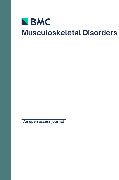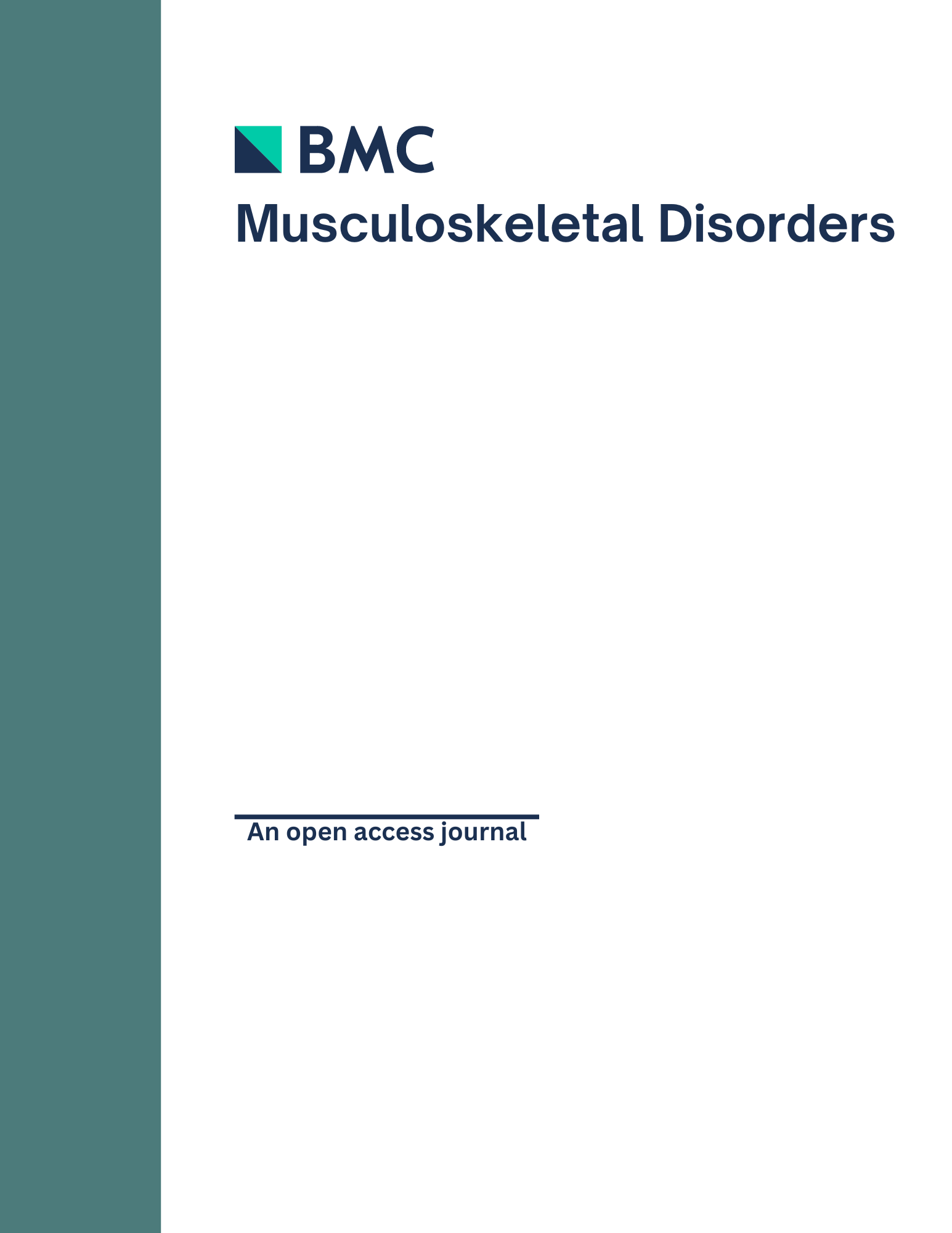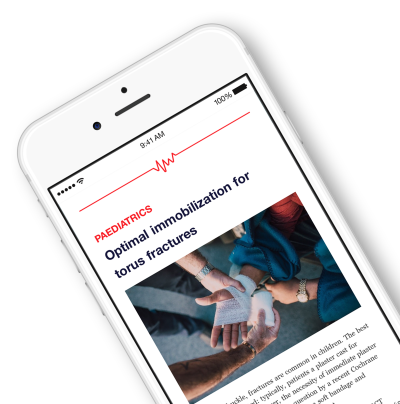
Treatment of osteoarthritis: A role for education programmes ?
This report has been verified
by one or more authors of the
original publication.
Effect of an education programme for patients with osteoarthritis in primary care--a randomized controlled trial
BMC Musculoskelet Disord. 2010 Oct 25;11(1):244.Exclusive Author Interview
Education programs for Osteoarthritis with Dr. Hansson
114 patients of any age with symptomatic osteoarthritis (OA) in the knee, hip, or hand with pain, stiffness, and limitation of movement in the affected joint were randomized to receive an educational program or no education. 6 months after the educational programme, patients with OA had improved self-perceived health, but had a small improvement in function with no demonstrable influence on self-efficacy.
Unlock the Full ACE Report
You have access to 4 more FREE articles this month.
Click below to unlock and view this ACE Reports
Unlock Now
Critical appraisals of the latest, high-impact randomized controlled trials and systematic reviews in orthopaedics
Access to OrthoEvidence podcast content, including collaborations with the Journal of Bone and Joint Surgery, interviews with internationally recognized surgeons, and roundtable discussions on orthopaedic news and topics
Subscription to The Pulse, a twice-weekly evidence-based newsletter designed to help you make better clinical decisions
Exclusive access to original content articles, including in-house systematic reviews, and articles on health research methods and hot orthopaedic topics

































































